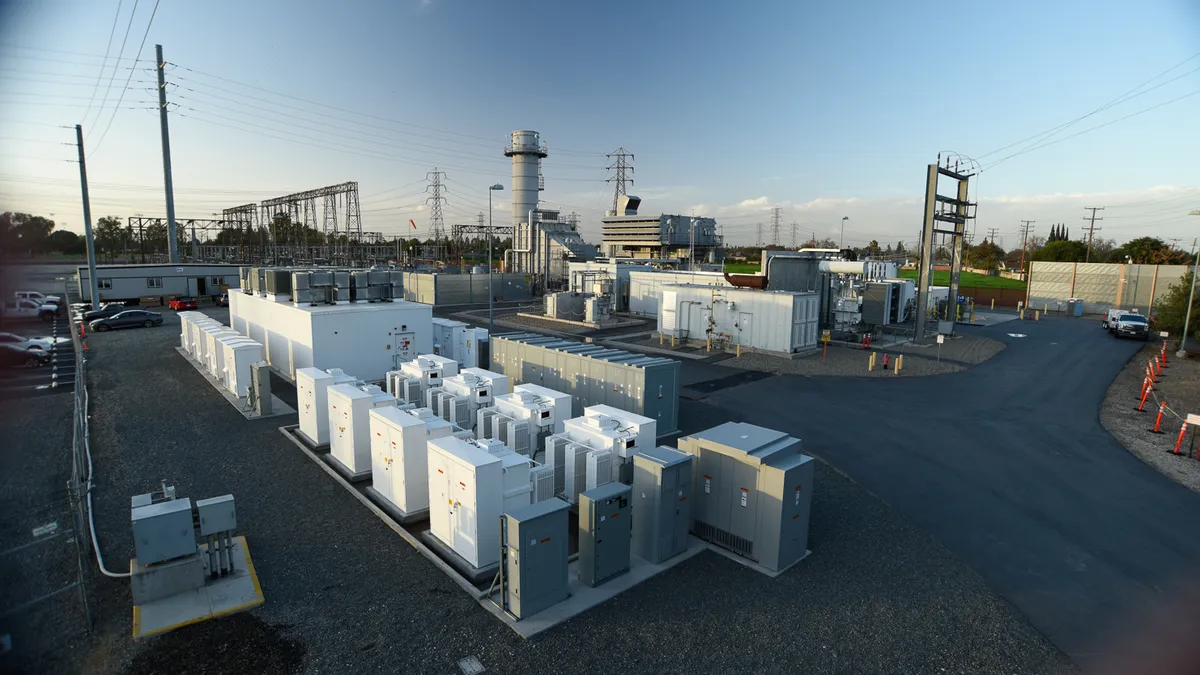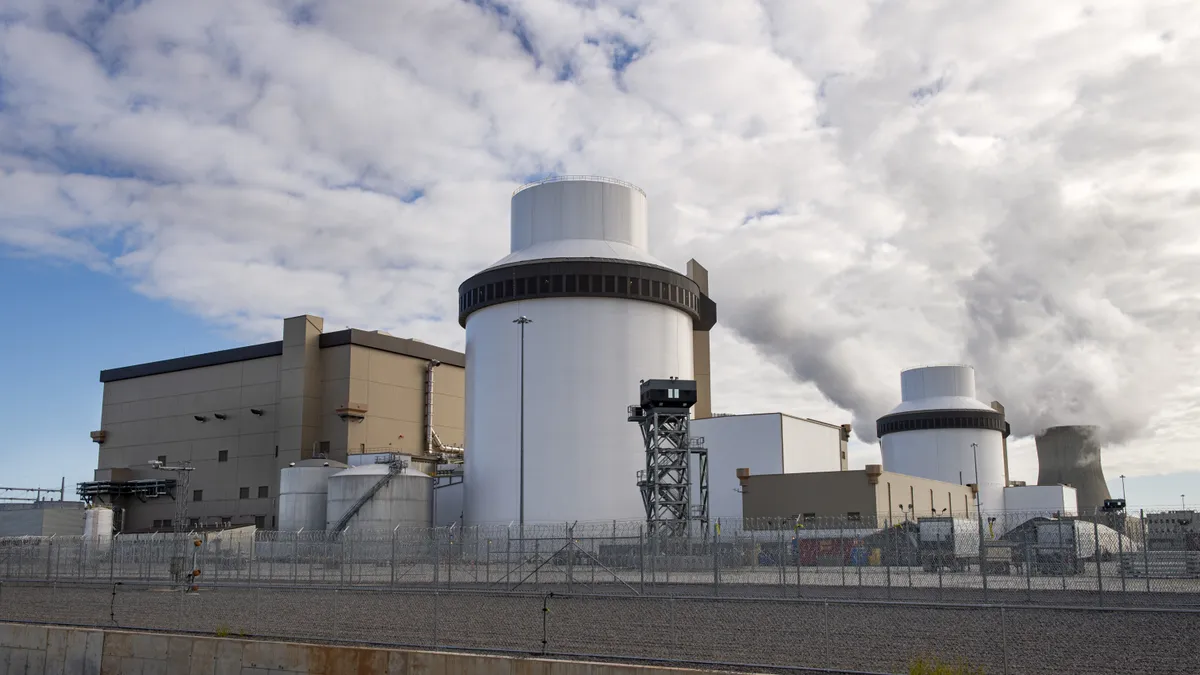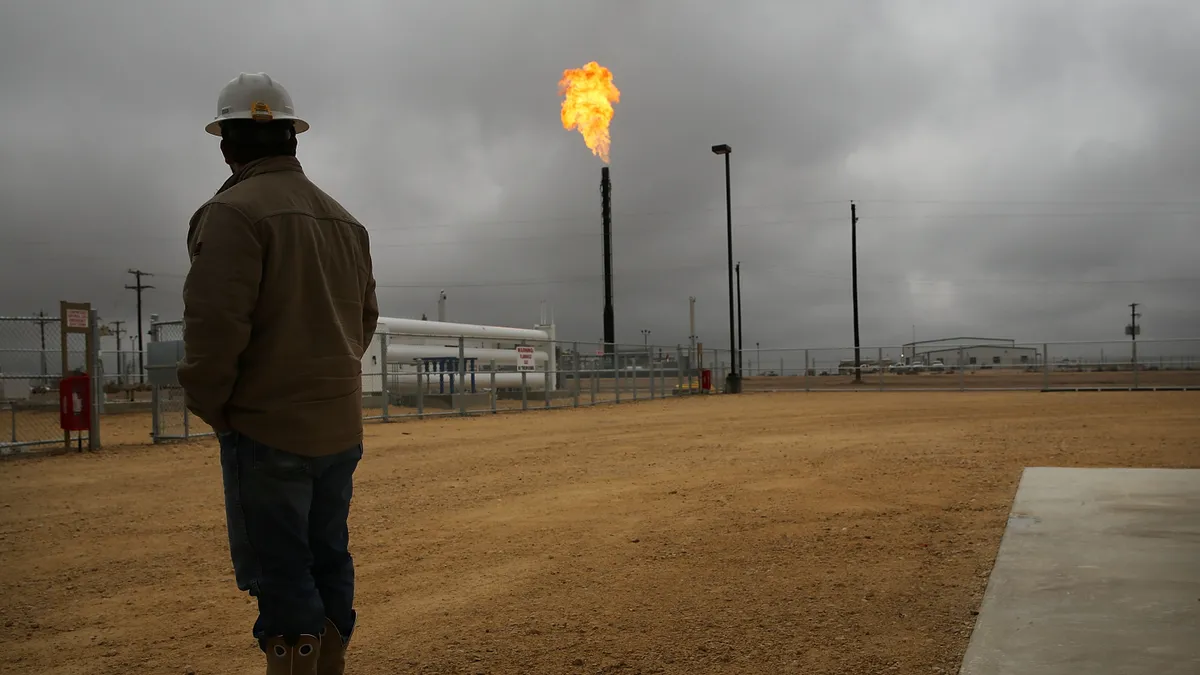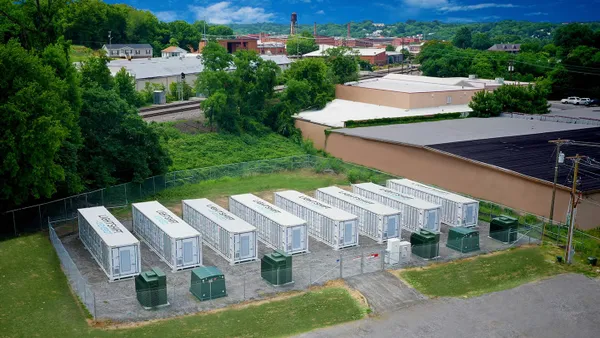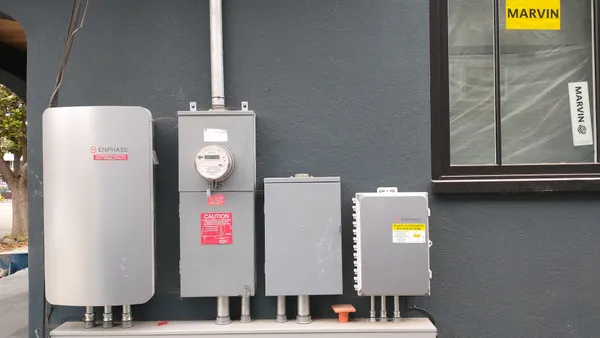Dive Brief:
- Grid operators and policymakers must do more to develop "adequate reward mechanisms" for energy storage if the technology is going to deliver on its potential to create a significantly cleaner electric grid, the California Independent System Operator (CAISO) said in a November report co-written with a European clean energy coalition.
- More research and development should be invested in storage applications that can store energy for longer periods than currently possible, in order to overcome periods of low renewable energy production, according to the report.
- The U.S. and Europe show that energy storage cannot be economic when it is performing a single service alone, like a battery dispatching stored electricity, but rather when it is providing multiple services at once, like providing ancillary services for the grid while selling stored electricity, the report said.
Dive Insight:
While energy storage technologies like lithium-ion batteries have seen substantially reduced costs, "revenue streams for storage resources have not developed to the same extent," according to the report.
"Energy Storage – Perspectives from California and Europe" is published by CAISO and the Renewables Grid Initiative, a Germany-based coalition with membership from environmental groups such as the World Wildlife Fund and European transmission operators including Amprion, 50Hertz and Swissgrid.
Europe is well behind the U.S., and California in particular, in battery storage deployments. Pumped hydro makes up almost all of the storage capacity in Europe. "Other forms of storage technologies such as batteries, electric cars, flywheels, hydrogen and chemical storage are either minimal, or at a very early stage of development," the report said.
California, meanwhile, has many operational battery storage projects, and the most ambitious targets for storage procurement of any state. It also has market mechanisms to reward storage not yet available in some European countries. For example, frequency stabilization and other ancillary services storage can provide for the grid are "not presently being remunerated" in Germany, the report said. CAISO allows storage projects to compete for ancillary market revenue through its "Non-Generator Resources" model.
Despite this progress, CAISO notes that more should be done to encourage storage applications that better complement the grid during periods where demand is ramping up but renewable production is low. "Within the CAISO’s footprint, daily ramps are becoming a reliability concern and storage could help in addressing this," the report said.
There is a seven-hour window starting around sunset when it could be most economic for batteries to discharge their energy, according to CAISO. Lithium-ion batteries most commonly used in battery storage projects have a duration of around four hours, so there is commercial interest in storage that can discharge for longer durations.
The report also calls for intensifying R&D investments into new storage applications, particularly "in countries where fossil-fuel and nuclear sources have been phased out" in order to "overcome periods with low infeed from renewables."


